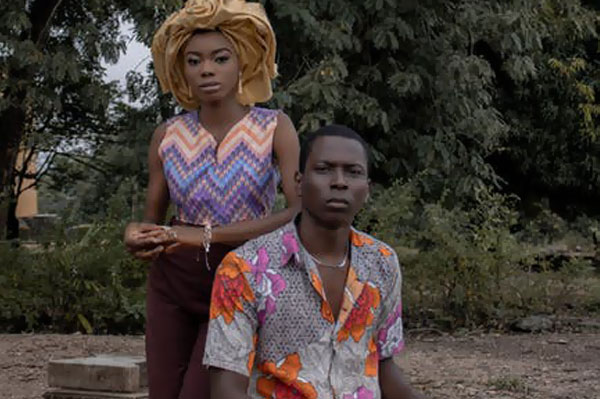
Kente Prints: How to Dress for Kwanzaa 2020
It’s almost that time of year again. Many people can agree 2020 has been a tough year for some which make celebrating Kwanzaa more important than ever.
Kwanzaa is a tradition rooted in African culture and means the first fruits. The week-long celebration takes place across the United States. Kwanzaa began in 1966 and runs from December 26th through January 1st.
Although it’s not a requirement, it’s customary for attendees to wear clothing made from Kente prints.
Whether this is your first Kwanzaa or an annual tradition, we have you covered. Keep reading to learn more about the symbolism of Kente print clothing.
Kente Prints and African Textile
Kente cloth is a staple in African customs. The African textile industry dates back to 5,000 BC. The industry is still flourishing, and people around the globe value the authenticity of Kente print clothing.
Wearing Kente apparel is a sense as a sense of pride and brings a spiritual connection to the ancestors of African Americans. It is also rooted in art history.
The lessons learned in the history of African textile teaches us about the continent’s rich economic, political, religious, and social foundations.
The History Behind Kente Cloth Colors
If you ever wondered if Kente cloth is used as a form of communication, the answer is yes. Each color has a significant meaning. Here is a list of what each color represents.
- black – unity with the ancestors and spiritual awareness, maturity
- blue – clean spirit and/or harmony
- gold – status, serenity, royalty
- green – renewal
- purple – healing, protection, and Mother Earth
- red – blood, political passion
- yellow – fertility
The colors, coupled with symbols, tell a story. They are also seen as symbolic and express the values of the person wearing the attire.
It is common at historically black colleges and universities to see graduates wearing kente stoles. The colors represented are black, green, gold, and red.
African Attire to Celebrate Kwanza
There is no official dress code for Kwanzaa celebrations. Some are very casual while others may be formal. As a quick guide, follow these suggestions.
Ladies and girls, regardless of age typically wear vibrant caftans or robe-like dresses of various lengths. Waist ties are optional. Since traditional dishes are served each night, it is wise to prepare for comfort.
Matching headwraps are also popular. YouTube has great tutorials on how to tie a headwrap.
Men and boys wear dashikis in Kente print and black pants or jeans to celebrate Kwanza. A more formal event may call for African textile long ties or bowties
There are also cute traditional outfits for toddlers made in vibrant colors.
You’re Now Ready to Celebrate Kwanzaa
Now that you understand the significance behind Kente print, it’s time to begin looking for your Kwanzaa attire. You want to start shopping for fabrics now because this is a busy time for shippers and seamstress.
If you’re lucky, there’s a retailer in your area with a selection of African apparel.
Can’t find what you locally? Click here to check out our extensive clothing line.
With 20 years of experience in the African fabrics market, AKN Fabrics guarantees you the best product, selection, price and overall service. We are specialists in the finest fabrics from Holland, London, African Gambia, West Africa, Nigeria, Ghana, and India. We specialize in Jacquards, hand embroidery, silks, seersuckers, cottons, quilting fabrics various other West African fabrics.
